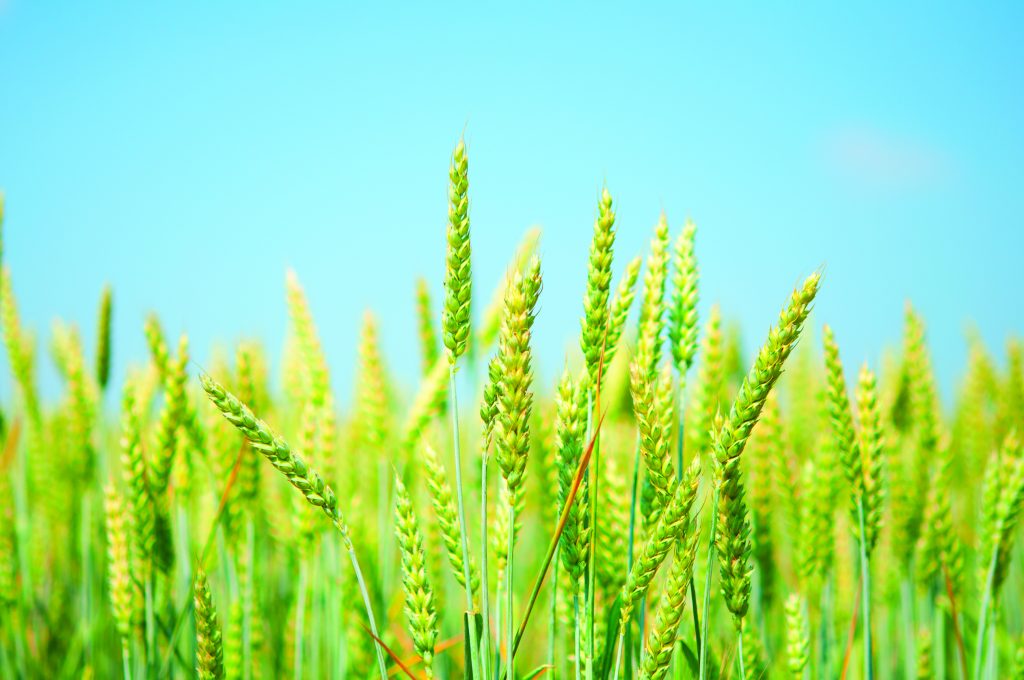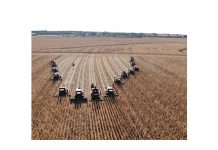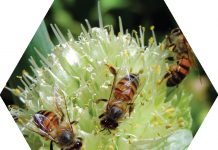Grain and oilseed commodities produced in South Africa are processed into food and feed products or exported unprocessed. South Africa has good quality data generated over different seasons and production regions to prove that grain and oilseeds produced locally are of a generally good quality when compared with similar commodities produced elsewhere in the world.
This data can be used to advise the regulatory authorities on proposed regulations, to improve the efficiency in the agricultural industry, to identify trends with regards to changing environmental conditions, to ensure food safety and food security for the local population as well as to provide information required by seed breeding companies to develop cultivars/hybrids best suited for production under South African conditions.
The core function of the Southern African Grain Laboratory (SAGL) is to provide fit-for-purpose measurement services to the agricultural industry in South Africa. The results of the crop quality surveys on different grain and oilseed crops over different seasons are reported according to 36 production regions in South Africa. The benefit of using the same regional information over many seasons is that good comparisons can be made. Trends can also be identified.
 A brief history of the SAGL
A brief history of the SAGL
With the dissolution of the single channel marketing boards for grains and oilseeds (e.g. the Maize Board and the Oilseeds Board) when South Africa moved to a free-market system for the production and marketing of grains and oilseeds, SAGL NPC was established as an independent non-profit industry laboratory to conduct annual quality surveys on locally produced as well as imported crops.
To deliver this service on an internationally recognised level and to act as reference laboratory for the industry, SAGL has been accredited under ISO/IEC 17025 international standard for testing laboratories since 1999. The scope of analytical tests covered under this accreditation includes the analyses performed as part of the crop quality surveys for the different commodities and is expanded according to the needs of the industry to provide for changing regulatory requirements. Representative samples of imported commodities are submitted to the laboratory for analysis and the analyses performed on the imported commodities are the same as what are being conducted for the locally produced crops. The agricultural trusts’ investment in the annual crop quality surveys has created a unique and extremely useful database of crop quality measurements over several seasons and regions.
SAGL projects
SAGL undertook data mining projects for wheat and maize, where a complete statistical analysis of the quality data from several seasons was performed for a number of quality parameters. Data is added annually to this data set.
Geographic information system (GIS) maps were developed where grain production regions are presented with mean values for a trait for a specific region as an average for all seasons combined or as individual seasons on a year-to-year basis. The results of the crop quality traits are represented in a colour scale format – highest to lowest values are indicated by the darkest to the lightest colour. This information provides a decision-making tool to the industry stakeholders to assist in the identification of potential problem areas in quality and to focus future research activities.
Paving the way for research and development
The capabilities established as a result of the annual crop quality surveys have created additional opportunities for involvement in collaborative research studies, development of unique tools for the grain, oilseed and associated food and feed industries and public private partnerships for changing regulations. An example was the development of the maize milling index calibration.
A need for an in-line non-destructive technique to predict the expected milling performance of white maize delivered at the processing facility was identified by the white maize milling industry. The super and special maize meal yield define the quality of the maize for the miller. Maize meal, being one of the major staple food commodities in South Africa, is produced in large volumes – creating the opportunity to develop a novel tool for this industry to perform these measurements. Through a collaborative research study between the Agricultural Research Council (ARC) and SAGL (with funding from the Maize Trust) a Maize Milling Index and a Grit Yield Index on a whole grain analyser were developed. These can be used to predict the milling yield of maize on a continuous basis, with the benefit of being able to select raw materials and optimise milling processes for improved profitability. Milling Index and Grit Yield results are annually reported as part of the maize crop surveys.
Another example was the evaluation of screening kits for mycotoxin determination in non-laboratory environments. The accuracy of these kits was compared with SAGL’s accredited LC-MS/MS method. The purpose was to increase the available information on mycotoxin contamination throughout the maize value chain and to improve management systems to support food safety initiatives.
SAGL assisted the industry, the National Department of Health and the Medical Research Council (MRC) with the evaluation of proposed new fortification regulations for wheat flour and maize meal. The outcomes of this initiative include the evaluation of the fortification premixes, the sensory effects on the final products and the update of the South African Food Composition Database.
As an independent industry service provider, SAGL was tasked to evaluate different grain and oilseed sampling devices to provide the industry with reliable testing results in order to determine a suitable device to be used during dispute resolutions.
Crop protection
SAGL expanded the scope of analysis by adding the Crop Protection Division, providing services to the broader agricultural industry since 2017. This facility is equipped to perform most of the tests required by the Food and Agricultural Organisation (FAO) and the World Health Organisation (WHO), according to the latest CIPAC (Collaborative International Pesticides Analytical Council Limited) methods. This ISO 17025 accredited and OECD GLP compliant facility supports the industry with accurate and reliable analytical results for registration purposes, quality control analysis after manufacturing as well as the extension of shelf life.
The agricultural trusts provided the funds to conduct the analyses to build a useful database over many seasons. Based on these results, it can be concluded that the commercial crops produced in South Africa is of good quality. Detailed information and results can be accessed on the SAGL website at www.sagl.co.za.

















